10 years of drones: 10 drones that changed the skies forever
It’s been a decade since the first ready-to-fly drone was launched... now they’re everywhere. These are the 10 most innovative drones from the last 10 years
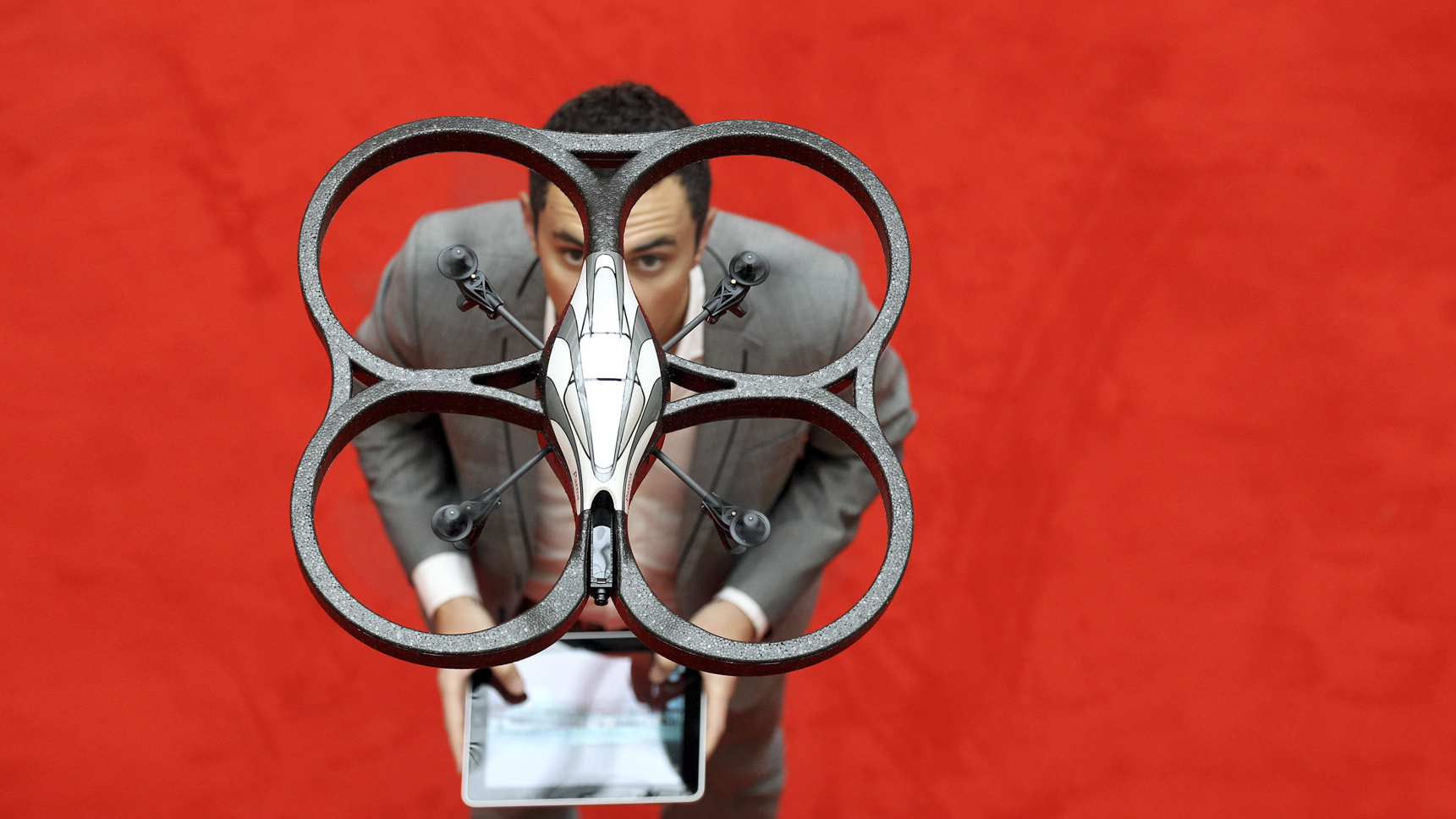
It is 10 years since the first ready-to-fry drone was launched. In January 2010 the Burj Khalifa (still the world's tallest building) was officially opened. The same week French tech firm Parrot reached for the sky in an entirely different way, announcing the A.R.Drone to the world at CES Las Vegas. This first mass-market drone certainly grabbed attention, uniquely bringing the fast-growing worlds of smart phones, accelerometer-driven tech and geek-chic into a single package.
As 2020 gets underway, it’s a good time to look back on what that flying novelty heralded. That year much of the excitement at the show was about chunky tablets being shown (Apple’s iPad was still three months in the future), and visitors were still impressed by large flat-screen TVs offering 1080p. This year it’s a safe bet that thin TVs will still occupy a lot of the Las Vegas convention centre, but the consumer drone world will likely look very different.
This list represents the key jumps from that all important starting point back in January 2101…
1: Parrot A.R. Drone
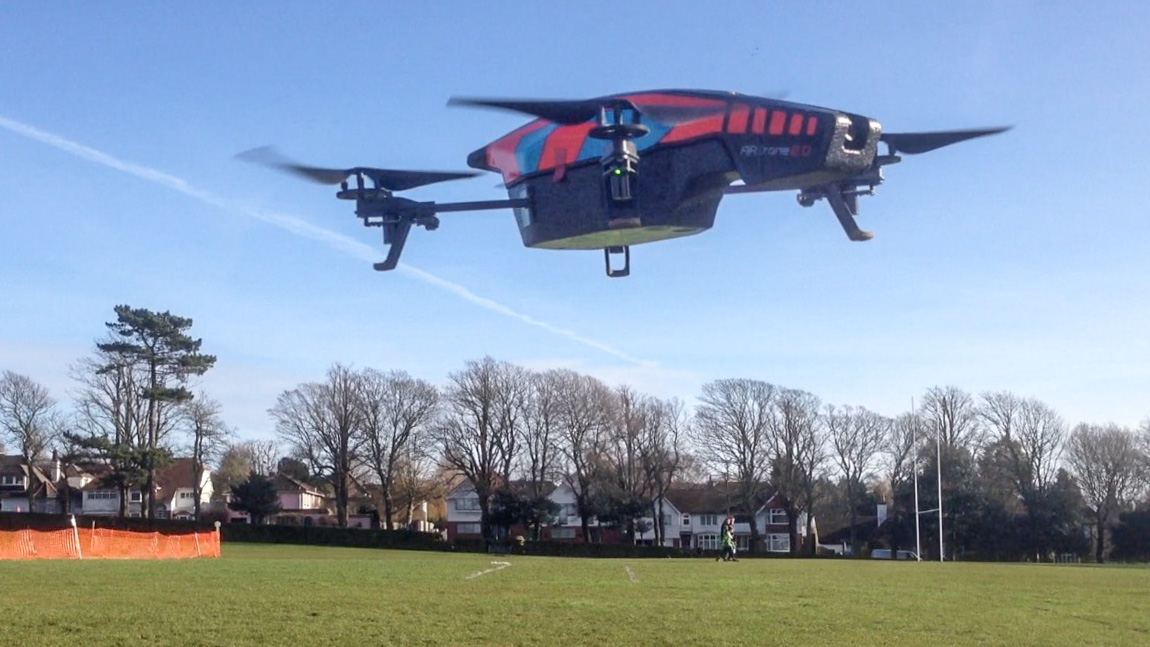
Demonstrated at CES, but not on sale until nearer the end of the year, the AR.Drone was seen as gaming technology; the AR standing for Augmented Reality. That augmentation took place in the virtual world inside the drone’s iPhone app, in itself a relatively new thing (the App Store opened in July 2008). The same cheap, tiny accelerometers which were arriving in smartphones, coupled with a downward-facing camera, provided the data needed for the Linux-based aircraft to steady itself and respond to commands from the iPhone via wi-fi. It came with a huge indoor hull, using polystyrene to shield users from the propellors, and an outdoor option. The later A.R.Drone 2, in 2012, changed little, but offered a plug-in GPS module (branded a ‘Flight Recorder’) which enabled waypoint programming as well as recording the 720P video.
1.5: ARDU Pilot APM
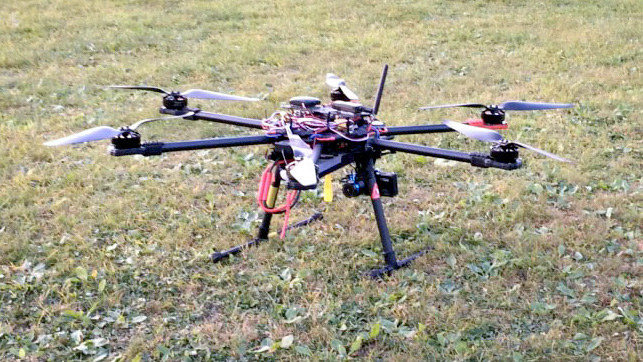
Not strictly a drone, so not one of our ten, but in the early stages many were building their own aircraft from kits of parts. The unifying element was the flight controller system, and one of the most popular – certainly the one with the longest legacy – was the ArduPilot APM, which is still around now. This little box is the computer that drives a drone – enthusiasts needed to add motors, motor controllers, batteries, and a radio receiver as a minimum. Optional extras, like GPS units, could be connected too and the firmware updated from simple software, and real-time telemetry could be sent back to a computer. A list of current Ardupilot-based devices is kept at the Ardupilot Org Wiki.
2: DJI Phantom
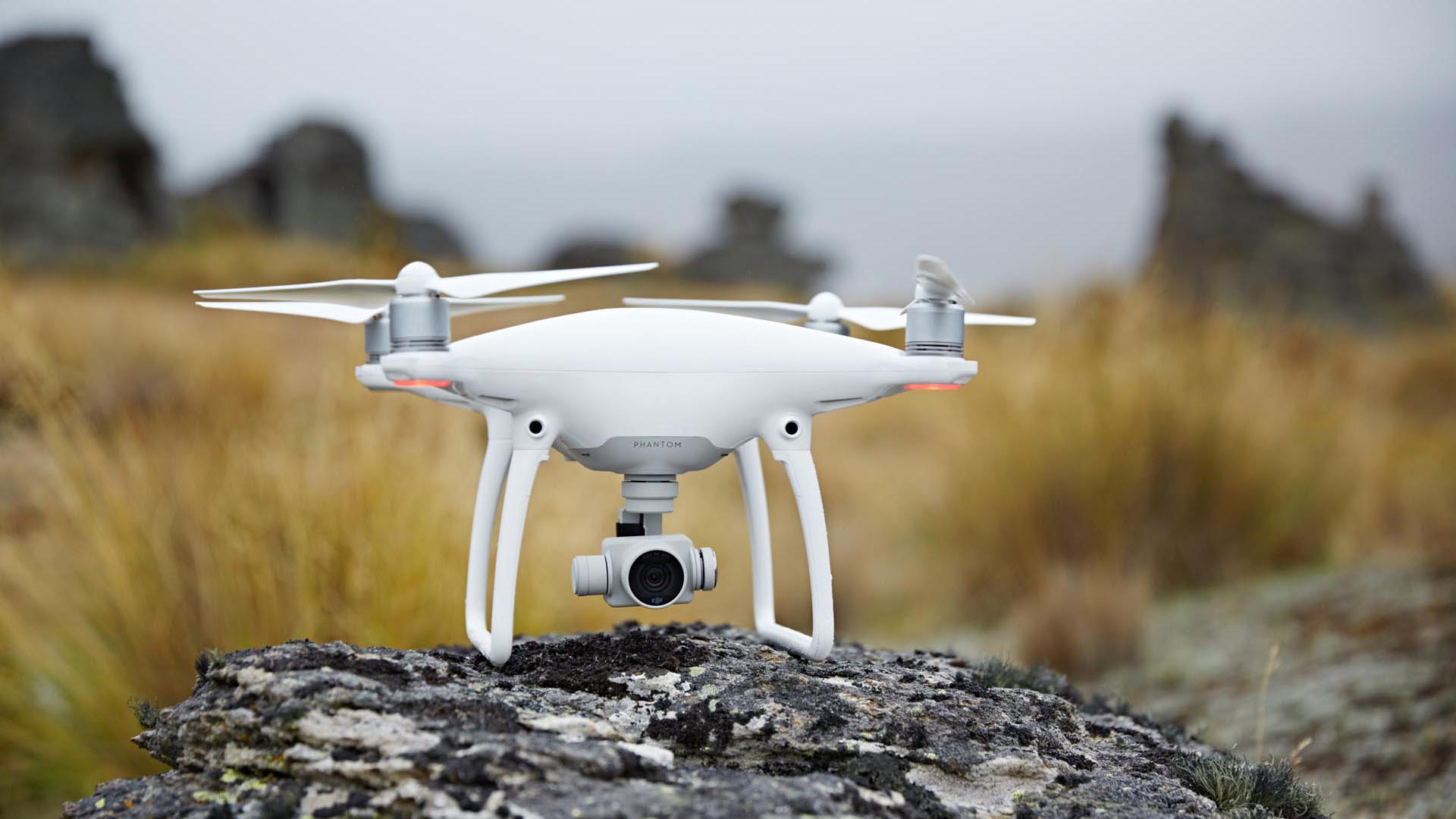
The A.R. Drone attracted a great deal of attention, as much for its conceptual potential as anything else. The initial wave that followed it was driven by enthusiasts building their own aircraft from parts, and DJI had produced some of the most popular frame kits and flight control computers. The Phantom was, essentially, an assemblage of these parts in as consumer-friendly a case as was possible, and that kit-build background goes some way to explaining a frenetic pace of model updates early on. A well as some slightly clunky elements; there was an external wi-fi unit on the controller and antenna cables tucked into the drone legs easily got loose.
DJI quickly added their own camera and, by July 2014, the Phantom 2 Vision+ (the 5th iteration of the line) offered a built-in camera on a gimbal. Eager buyers were walked through the systems quirks on slick videos featuring Colin Guinn (the subject of much industry gossip in coming years), and it was quickly clear DJI’s choice to build in a camera and, soon after, a gimbal, turned out to be good ones; it made the Phantom a complete gadget, moving drones from geeky stores to mainstream retailers, and it’s no coincidence that an episode of South Park featured the creators own version of the Phantom.
Get the Digital Camera World Newsletter
The best camera deals, reviews, product advice, and unmissable photography news, direct to your inbox!
• The best DJI drones right now
3: 3DR Solo
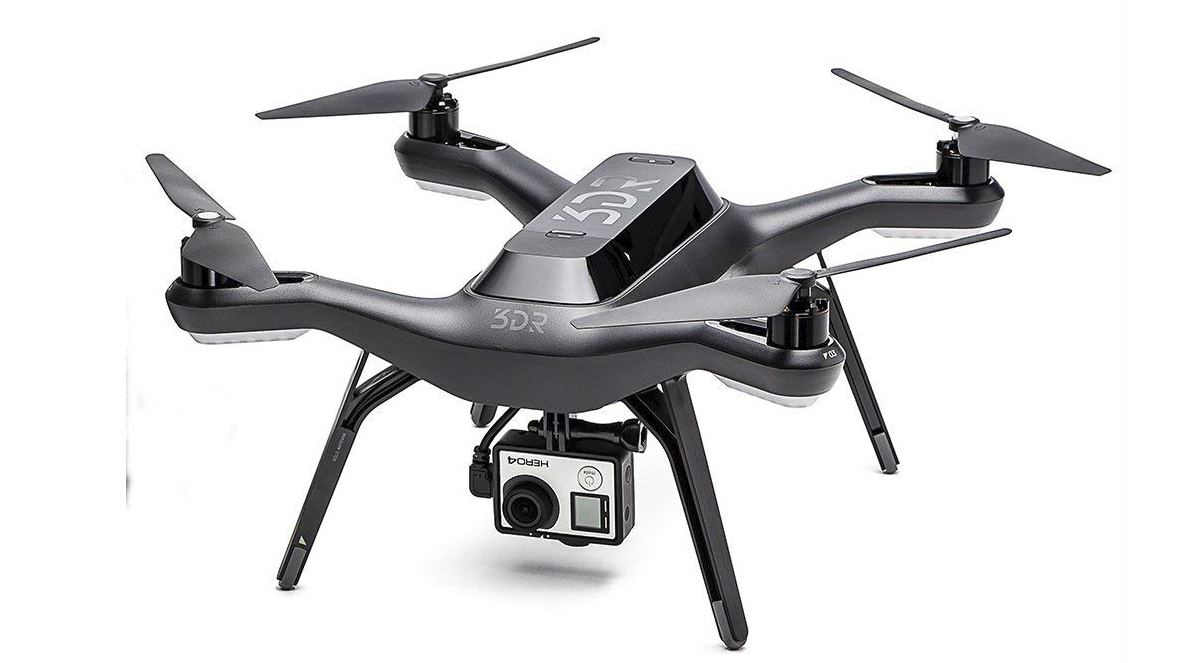
The talk of the town mid-decade was 3D Robotics, a company founded in 2009 by Chris Anderson, well known in Silicon Valley as editor of Wired magazine and author of the book The Long Tail. He joined forces with Mexican engineer Jordi Muñoz, who was active on the drone forums Anderson had established. The firm also snapped up Colin Guinn – from 2014 to 2016, at least – who played a big part in the Solo’s software offering, “productizing waypoint navigation” in his words. 3DR already had the strange-looking IRIS+ but the Solo was gunning for the consumer market, bringing slick design and a gimbal plus an LCD built into the controller, while retaining the benefits of Anderson’s open source software, including a ‘follow me’ mode (that tracked the remote).
Sadly for the American outfit, the initial model required consumers to supply their own GoPro, and even the image stabilizing gimbal was an optional extra – at launch only a fixed bracket was available, putting 3DR behind DJI (and with high pricing). The mood quickly soured in what was still a relatively small community, supply problems and bugs were costing 3DR while many started to feel they’d been swept up in a wave of uncritical commentary through Guinn & Anderson’s profile, and competitor DJI relentlessly updated the Phantom while 3DR handled customer issues. Despite everything, while the Solo’s story is a bit of a sad one, they led the way in terms of photographer-focused features using some level of auto pilot assistance.
4: DJI Inspire
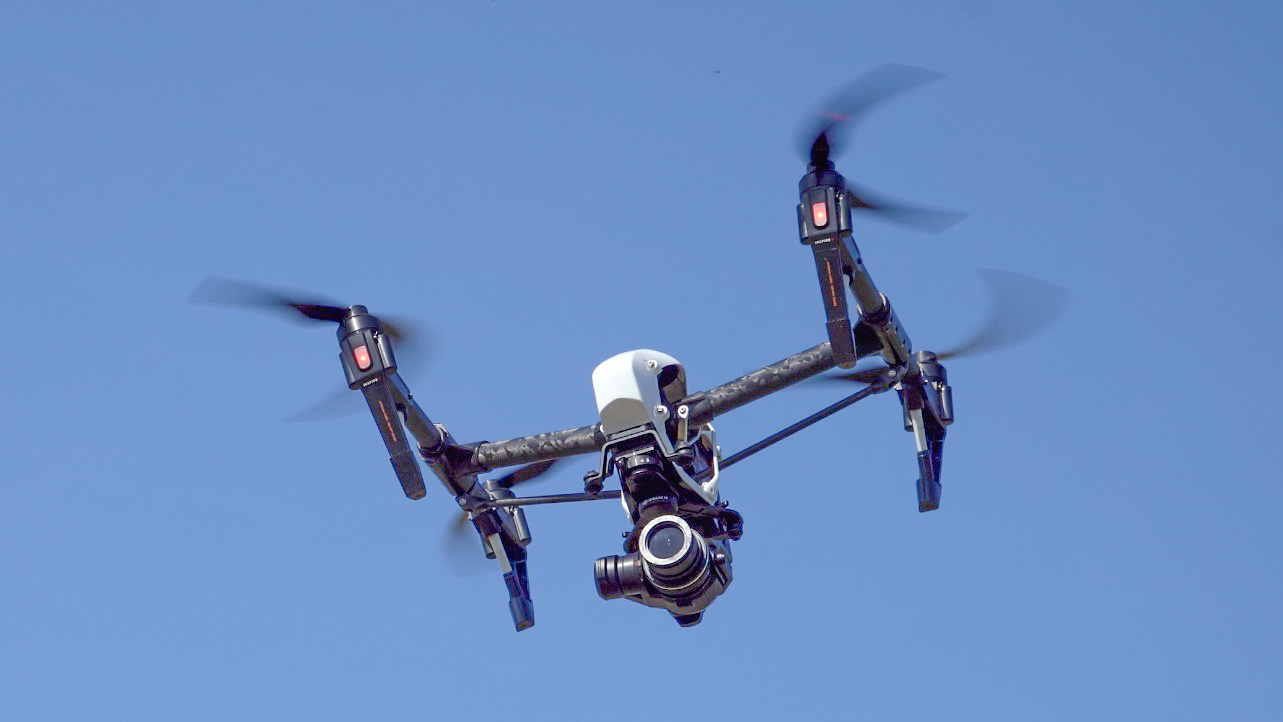
Having fought off the American upstart 3DR, the DJI Inspire was the Chinese firm’s play for more serious filmmakers who were finding the industry’s GoPro obsession somewhat limiting. Stability had been the first issue, but with 3-axis gimbals now the norm, consumer pricing targets limited the capabilities of the now-dominant Phantom series. Large professional aircraft able to hoist cameras existed, but were complex operations – the Inspire stepped into the middle, and made it look good.
Arriving in late 2014, the design, like a Klingon Bird-of-Prey, took the key advantage of professional drones – motorized legs – and built it into the airframe. Once aloft, the system’s legs moved above the airframe, leaving the camera gimbal the option to rotate a full 360˚. That control could be handled by a second operator (with their own controller) using “Lightbridge” technology, just like a professional film unit. Then and now the shape-shifting design was awe-inspiring. The gimbal was removable, and at CES 2016 the system was updated to hoist a Micro Four thirds camera, so interchangeable lenses were now a possibility for a device which – while pricey – was as easy to operate as any other consumer drone (so long as you remembered to allow time to switch shape before landing!).
5: Parrot Bebop 2 FPV
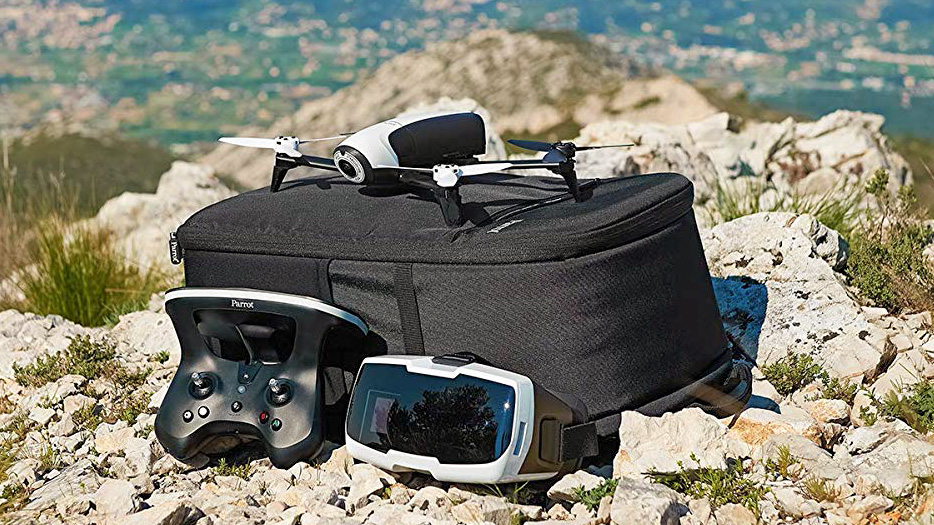
While the market it created became ever more obsessed with video quality, Parrot looked to the fast-growing First Person View racing community for inspiration. The Bebop, and Bebop 2 remained lightweight with elements of polystyrene in their construction, and built on range-extended wi-fi control. Rather than the extra weight of a motorised gimbal, Parrot opted for fish-eye lens and image processing which wasn’t ever going to impress creatives, but was certainly adequate for fun-seekers. Adding ‘Cockpitglasses’ (into which you slipped your phone) provided a modestly priced way to get inside the aircraft which found a happy niche, and the HD recordings were still good enough for sharing. Even now, with the new Anafi FPV, only Parrot seem to have mastered the price-experience balance for goggles (though DJI have costlier options for those willing to pay).
6: PowerVision PowerEgg
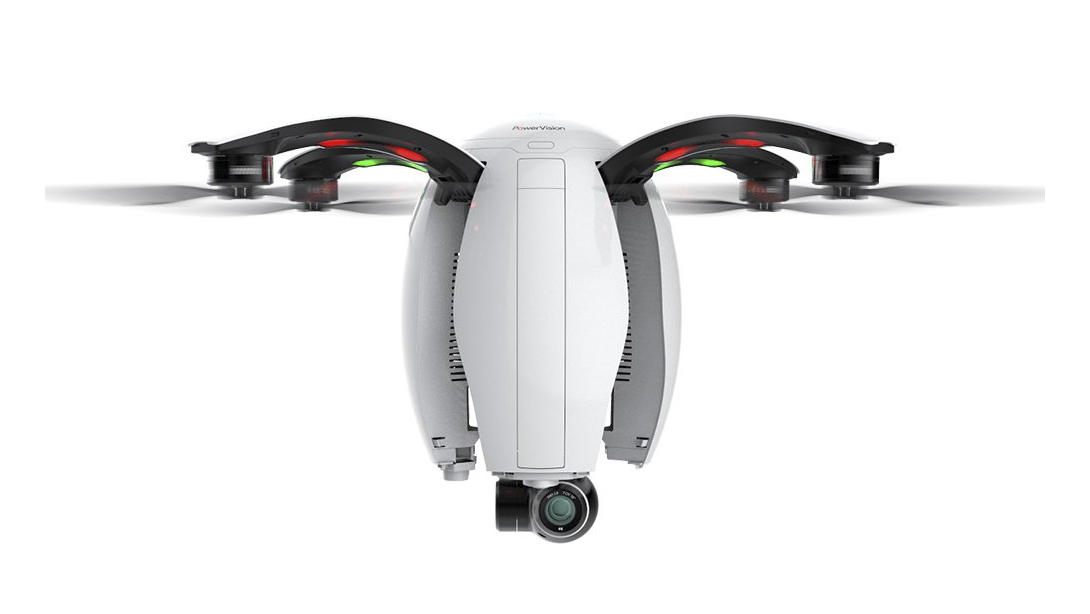
For the most part, a remote controller with two bi-directional sticks based on the classic radio controller design has formed the basis of drone control. It’s a great system, intuitive, and adaptable (earlier drones, without automated hover, had controllers where the sticks didn’t spring to the centre, subtly reminding the pilot to concentrate on maintaining altitude). PowerVision, however, decided to try something very different, no doubt inspired by the success of the Nintendo Wii (and you can still buy it!).
Those looking for a different control experience could plug the ‘Maestro’ into the RC unit and hold it in one hand, like a base-less joystick. With in-built accelerometers, the device translated movement into left-right & near far motion, and used their thumbs to control altitude. A trigger operated the 4K camera, which, because it sat at the bottom of the folding egg, could rotate 360-degrees like that of the much-lauded DJI Inspire. What’s more, the design didn’t really need a case – once folded it was a perfect egg. Folding was cool, this was amazing, though sadly high prices, slow delivery and a limited marketing budget meant the drone never really broke out.
7: GoPro Karma
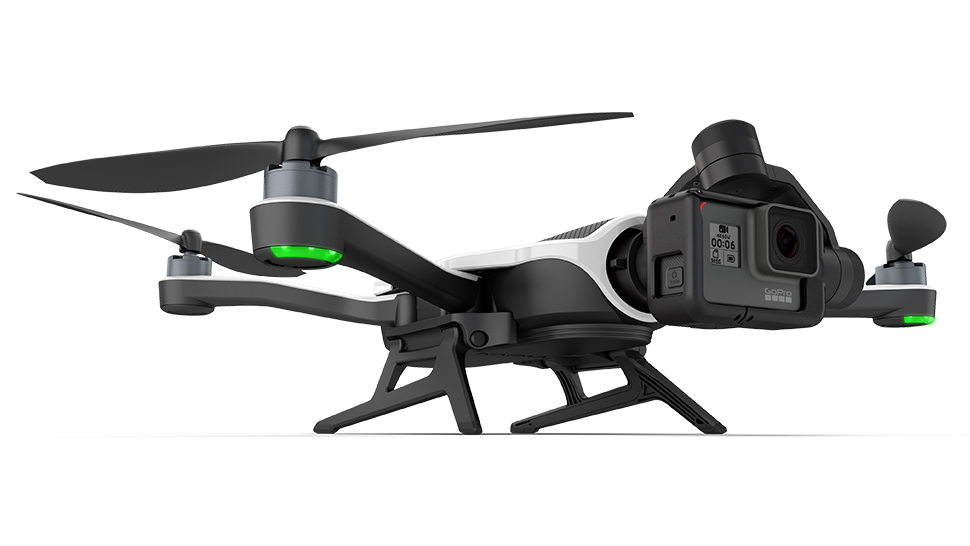
Given their prominence onboard drones – not just the early ‘consumer’ models, but the self-build racers too – it seemed inevitable that the 2002-founded action camera firm would want to get in on the market. What better way than to capture your action exploits than from the air above your surfboard? The Karma was a folding drone which, in a way, might be seen as a GoPro accessory. That meant that owners of the right GoPros would have seen it’s $799 launch price as quite reasonable, while otherwise it was in the same bracket as the higher-end Phantoms of its launch year, 2016. If you wanted 4K, pick the then-new GoPro 5. It also included the Karma Grip, allowing hand-held use of the gimbal (DJI were asking for $500 for something like it at the time), and included a monitor in the remote. Sadly for the Karma, announced around the same time was the much more compact DJI Mavic Pro, which offered 4K (limited to 24fps) and some collision sensing. The biggest nail in the coffin, though, was the 3-month long product recall that wiped out the 2016 holiday sales season. It is no longer supported, but can still be found.
• The best GoPro cameras in 2020
8: DJI Mavic Pro
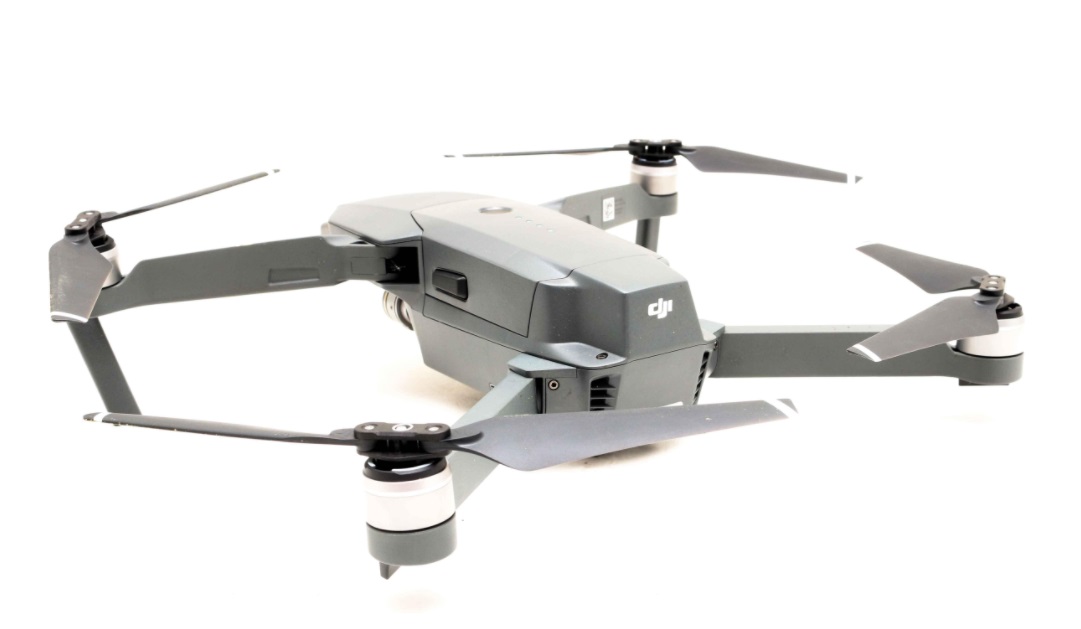
The Mavic Pro brought one significant new feature that earns its place on this list. It also retained and refined nearly everything else the industry had achieved thus far (one-touch return to home, easy-to-use flight controls, and subject tracking) in a considerably more portable form. The real headline, though, was its collision avoidance system. By adding additional sensors at the front and a more powerful on-board processing system, the ‘copter was able to prevent itself from making head-on collisions. (DJI also somewhat over-sold this system, pointing to landing sensors as if they were revolutionary when even the AR.Drone had them.) Nevertheless the system captured customers’ imaginations, and consumers now expect to find more and more sensors – the Mavic 2 has sensors in every direction, and Mavic seems to have become the tag for DJI’s whole folding consumer drone range.
9: Skydio 2
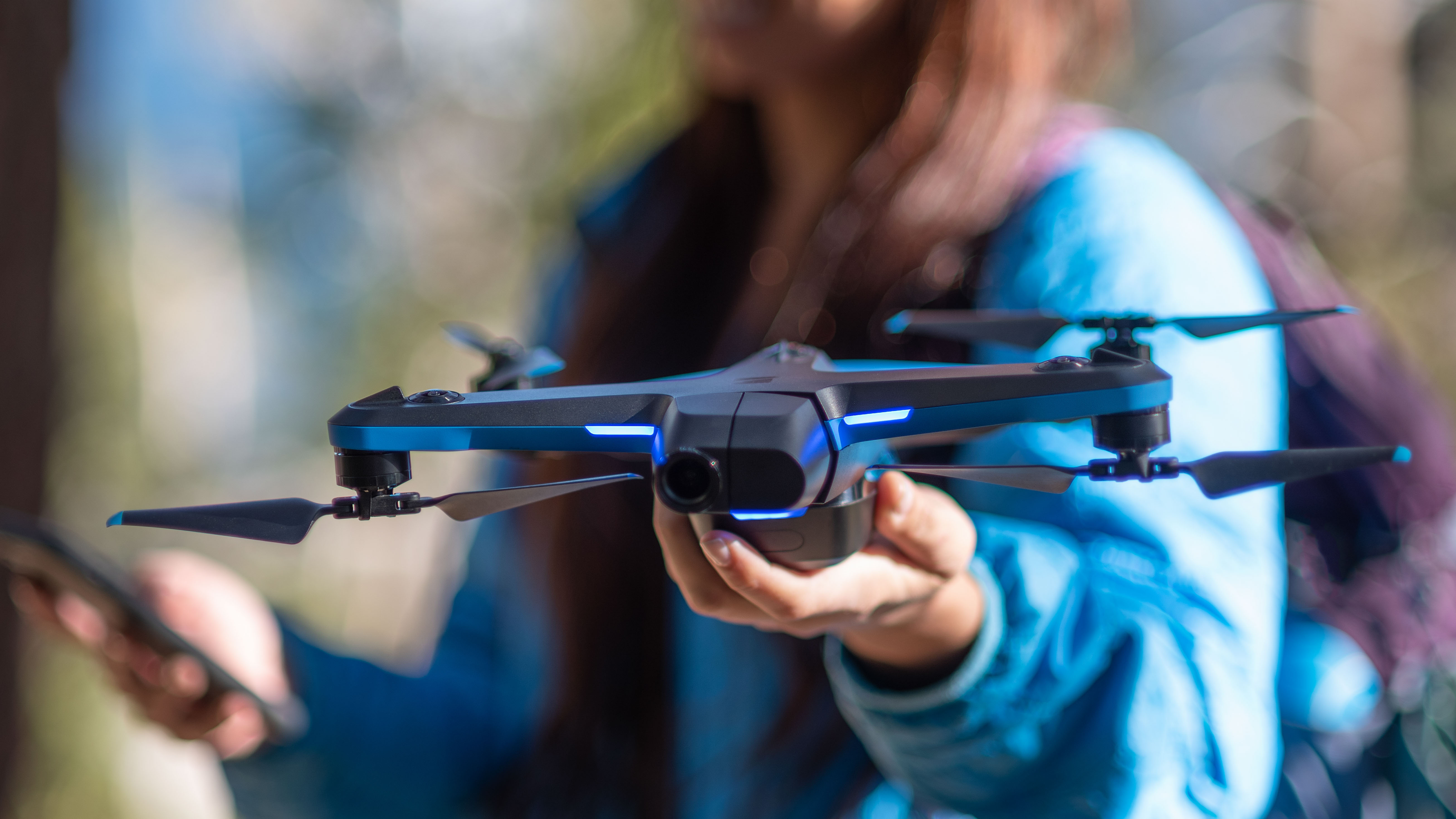
While Silicon Valley’s previous swings at the sky have missed for one reason or another, we don’t yet know whether Skydio will be the third out. Like the Solo and Karma before it, this device puts usability – and the user – front and centre, building in an object tracking system with 45 megapixels worth of hull-based cameras. These feed to an a GPU-grade TX-2 processor capable of machine learning which, in essence, predicts the future (the subject’s movement and that of potentials obstacles), all while plotting a path at up to 36mph. This kind of technology is bound to play an increasing part in drone design, but the Skydio and Skydio 2 were the first to make it the core of the product. The first to be good enough.
10: DJI Mavic Mini
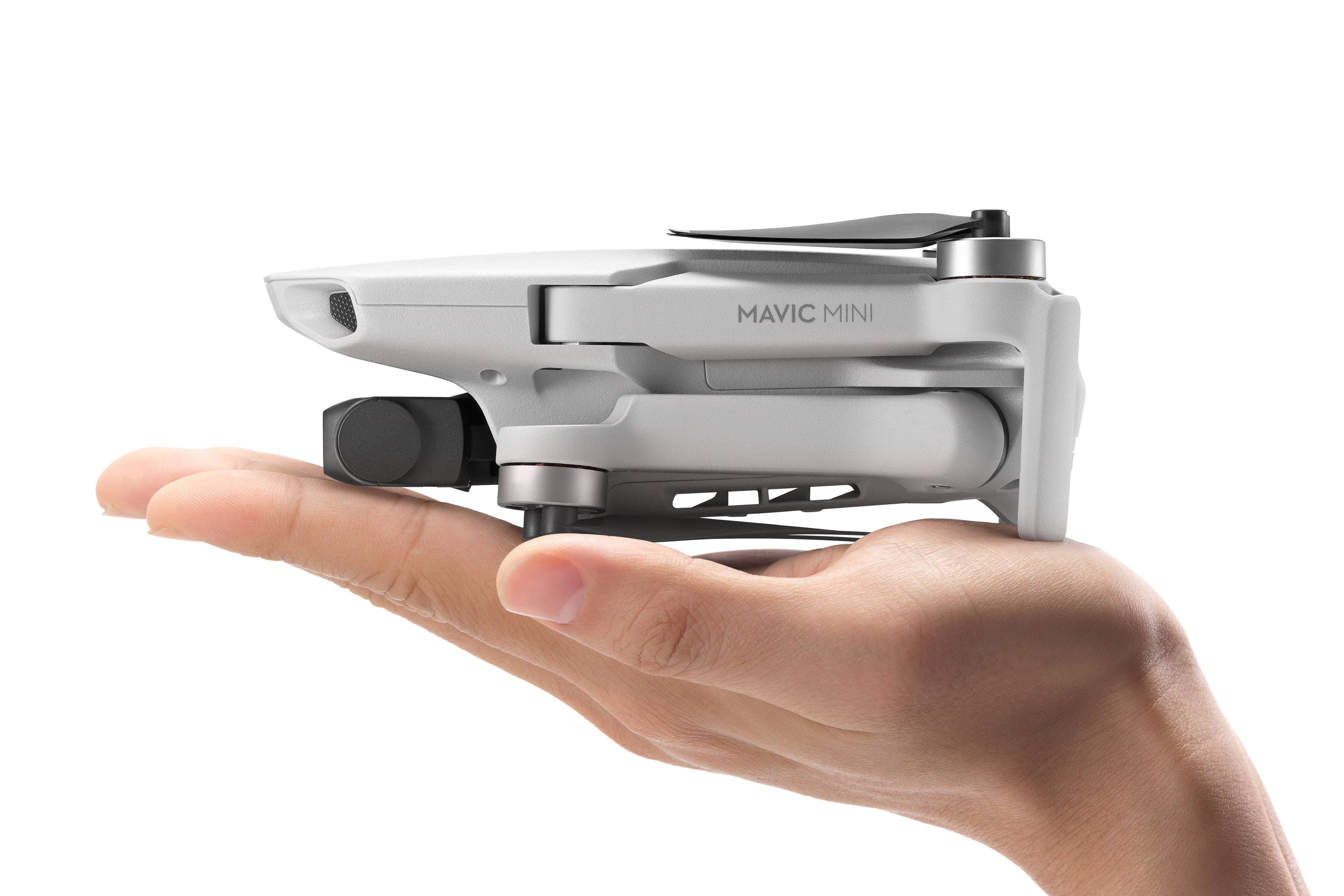
The Mavic Mini isn’t extraordinary on its own, save for one thing – it prioritizes current drone rules and regulations above all else in the design. It clearly meets price targets, minimum feature lists and so on, and it’s an amazing technical achievement, but by aiming to come in under 250g and thus avoid registration fees for consumers, it might well show us that, in the next decade, design will be less about innovating and more about meeting tighter regulations. Or at least to the fact that safety is now a key consideration in a way it simply wasn’t before.
The future of drones
The Mavic Mini might point to the future of consumer drones now the regulators are beginning to catch up, but multicopter technology is going to be making a push into the wider aviation world, with larger aircraft – perhaps even drone-like taxis. In this sphere, regulation for manned or heavier aircraft was already a potential road block, but at the same time the pressure for sustainably powered air travel will encourage more and more experimentation with battery technology. If it does, we’ll owe it all to these drones.
Read more:
The best camera drones in 2020
Drone rules: what you need to know about drone registration and regulations

With over 20 years of expertise as a tech journalist, Adam brings a wealth of knowledge across a vast number of product categories, including timelapse cameras, home security cameras, NVR cameras, photography books, webcams, 3D printers and 3D scanners, borescopes, radar detectors… and, above all, drones.
Adam is our resident expert on all aspects of camera drones and drone photography, from buying guides on the best choices for aerial photographers of all ability levels to the latest rules and regulations on piloting drones.
He is the author of a number of books including The Complete Guide to Drones, The Smart Smart Home Handbook, 101 Tips for DSLR Video and The Drone Pilot's Handbook.
